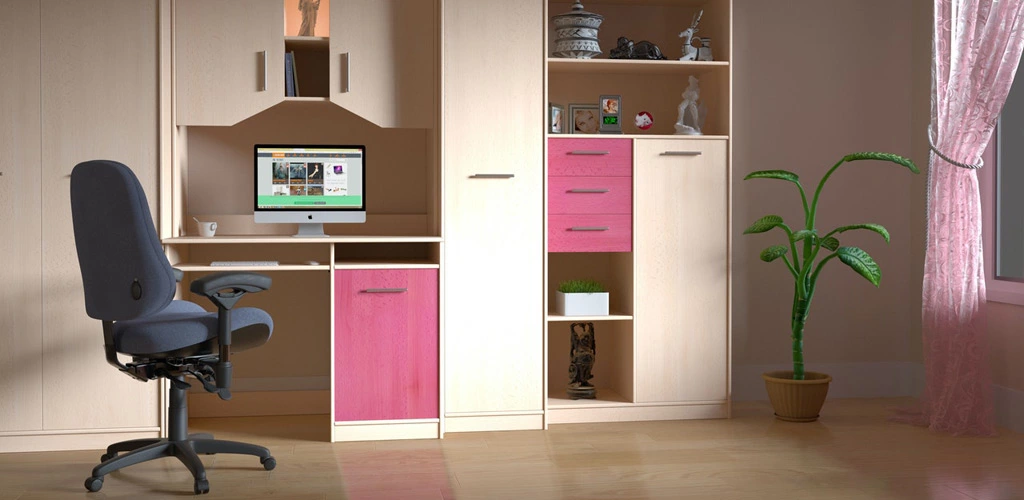The 21st century has seen an ambush of terrible news from different parts of the world, most of which were environment-related. Even though society has become more aware of environmental issues, there are still so many things to learn and know. This is the reason why people are thrilled with using wooden furniture or wood furnishing. Wood, as they say, is excellent since this is a perfect green solution for home furniture and office furniture.
There are so many reasons. Why is the wood used for furniture? Take a look at why wood is considered the most sustainable material for furniture pieces and why you might want to go for solid wood furniture the next time you go shopping.

Table of Contents
1. It is a renewable material
First and foremost, wood is a raw material that is most environmentally friendly. The truth is that wood is the only material for building that is made from carbon from the air, rain, and sun. It is endlessly renewable and replenishable. This alone is amazing in itself.
Wood is a type of raw material growing and replenishing itself annually. Many people are wondering if cutting down trees is environmental. Thankfully, with selective harvesting instead of clearcutting, this is not an issue at all. This is even beneficial for the health of forests.
On top of that, trees also grow everywhere. It is revealed that the rate of tree growth and reforestation in the US outstrips harvesting by up to 40%.
In the US, reforestation has more than offset deforestation from the years 1990 to 2010, during which the country was able to add 7,687,000 hectares of forested land.
The forests in Europe managed to support manufacturing. They expand at a rate of 5,000 square kilometers per year. With selective harvesting of trees, new trees are planted to replace them. From 1990 to 2005, Europe re-grew their forests the same size as Greece.
2. It is climate-friendly
Wood products such as wood furnishing and furniture are also healthy for the climate and help in climate change prevention. Trees absorb carbon during their lifetime. They absorb it from the atmosphere then store this in their trunks throughout their growth. However, things don’t just end here.
Once trees have been used to craft wooden products, they continue storing that carbon. This means that when you use solid wooden furniture, you are actually doing a part in the prevention of the greenhouse effect and climate change.
However, there is still more to it. Eventually, you can reclaim that stored solar energy in the wood when the product’s life cycle ends when you burn wood for energy. Using wood again for energy is a good way of displacing carbon-emitting, non-renewable, and dirty sources of energy such as natural gas, oil, and coal.
Unlike natural gas, coal, and oil, burning wood produces clean energy with no waste.
3. It ensures zero waste
This is yet another good reason why wood furnishing is excellent as far as sustainability is concerned. Due to technological improvements for the past few years, wood manufacturing has turned into an industry with zero-waste.
It means that the bi-product from each stage of the process of production can be repurposed and reused. During the harvesting of wood, a part of this is processed to the lumber, with some converted into some other wood products while others are recovered for energy production. However, none of this will go to waste.
4. It lasts for a long time and it is durable, too
As far as weight is concerned, wood is considered the world’s strongest building material. Wood is very resilient, requiring very minimal maintenance, just like the trees themselves.
Wood can have several lifetimes with the help of refinishing that sets it apart from wood laminate, other engineered woods, and plastic laminate.
5. It has high life cycle assessment (LCA) scores
The Life Cycle Assessment or LCA is an important consideration if you are looking for sustainable furniture for your home. LCA is a scientific and holistic approach that considers the consumed resources and the released emissions during the manufacture, disposal, and use of a product.
Based on the studies conducted by LCA, unlike non-wood products, wood always takes the top spot. But as far as the LCA is concerned, wood only got one trouble spot and this is the spike in energy used for the treating process and kiln drying.
Is Cutting Down Trees Really Necessary?

There are many people out there who are adamant about the idea of having to cut down trees and this is for a good reason. Through the years, there was poor regulation of the timber industry. The unrestrained clear-cutting swept off the valuable old-growth forests across the world.
Clear-cutting timber companies even destroyed the virgin forests and they destroy ecosystems and habitat along the way, all of which contribute to the significant spike in the extinction of many species. There was also widespread ignorance at that time regarding clear-cutting and its devastating effects on the environment.
This, however, started to see some changes when the early 90s came. Among many other things, consumers, citizens, and environmental groups started lobbying and demanding oversight and improved practices for logging.
From then on, a significant rise in reforestation started taking place. Today, there are already strict third-party certification standards such as FSC C-O-C that ensure and check wood products and their environmental pedigree.
Clearcutting alternatives were also introduced at the same time, including selective harvesting.
Among the key benefits of selective cutting is the reduction of the overall ecological effect on the forest. Even though this is an invasive process, a selectively cut forest makes it more prone to diseases than selectively cut it.
There are also some areas where cutting back the old-growth trees might also leave more room for the new species that can better cope with shade compared to the original trees. Lastly, a conducted research also suggests that the forests were able to regain most of their ability to take in carbon dioxide right after selective cutting.
At the end of the day, there is no doubt that wood can deliver more but with little to no impact on the environment and the planet as a whole. Wood products such as wooden furnitures and wood furnishing also have a lighter overall footprint.
Now that you know why wood is good for your furniture pieces, don’t miss the chance to spruce up your home with long-lasting, quality, and sustainable hardwood furniture you can be proud of to enjoy great benefits and more.
You may also be interested to know :

